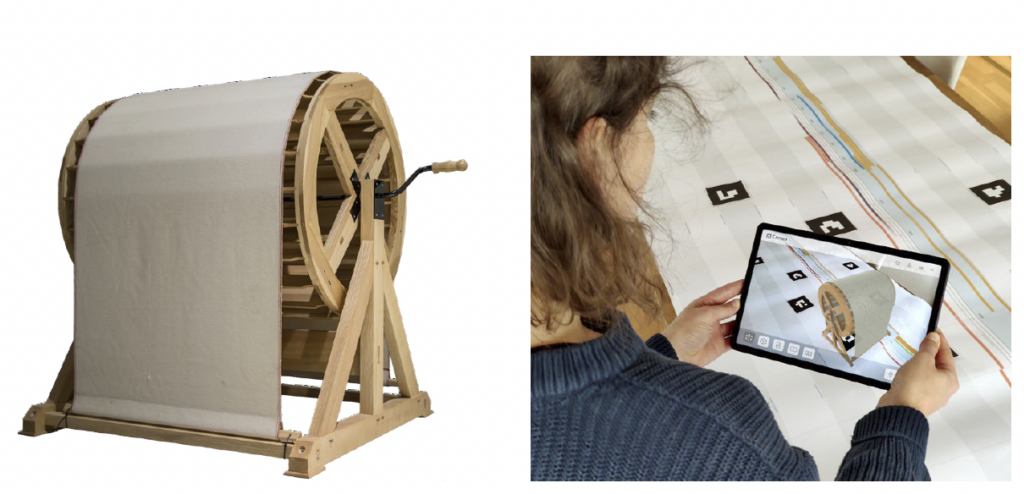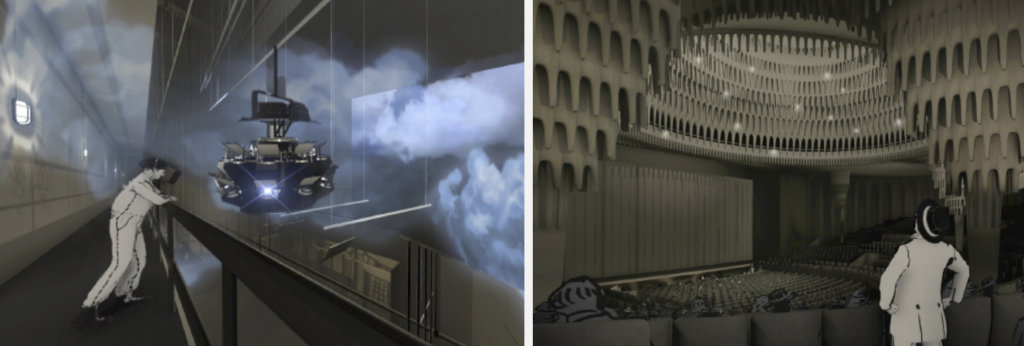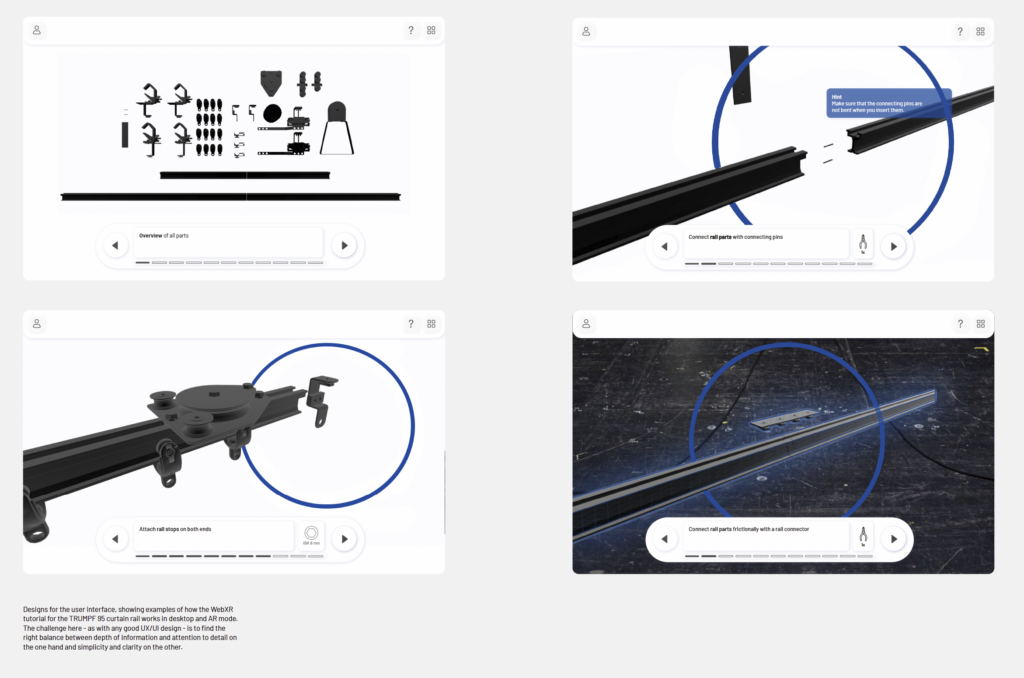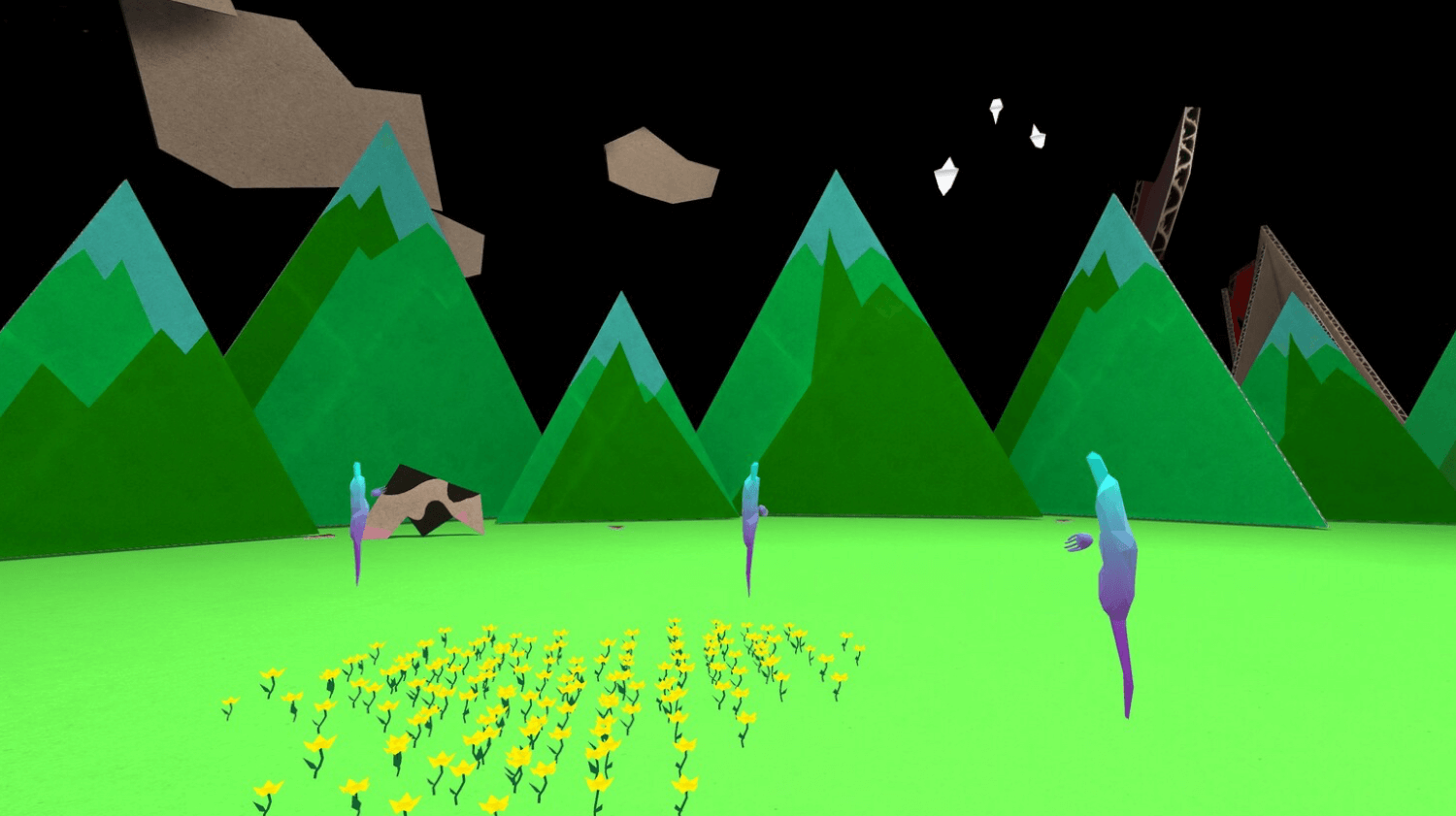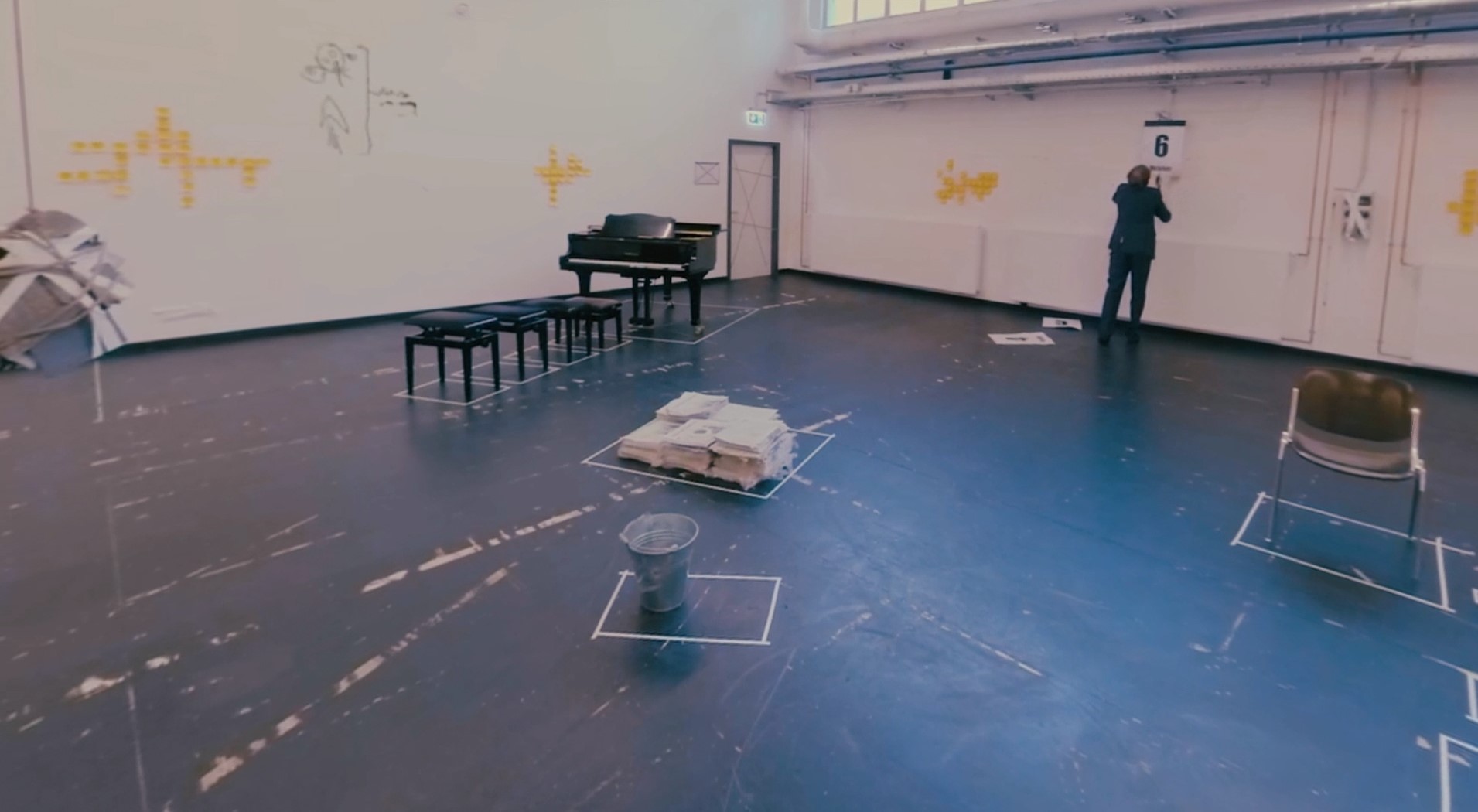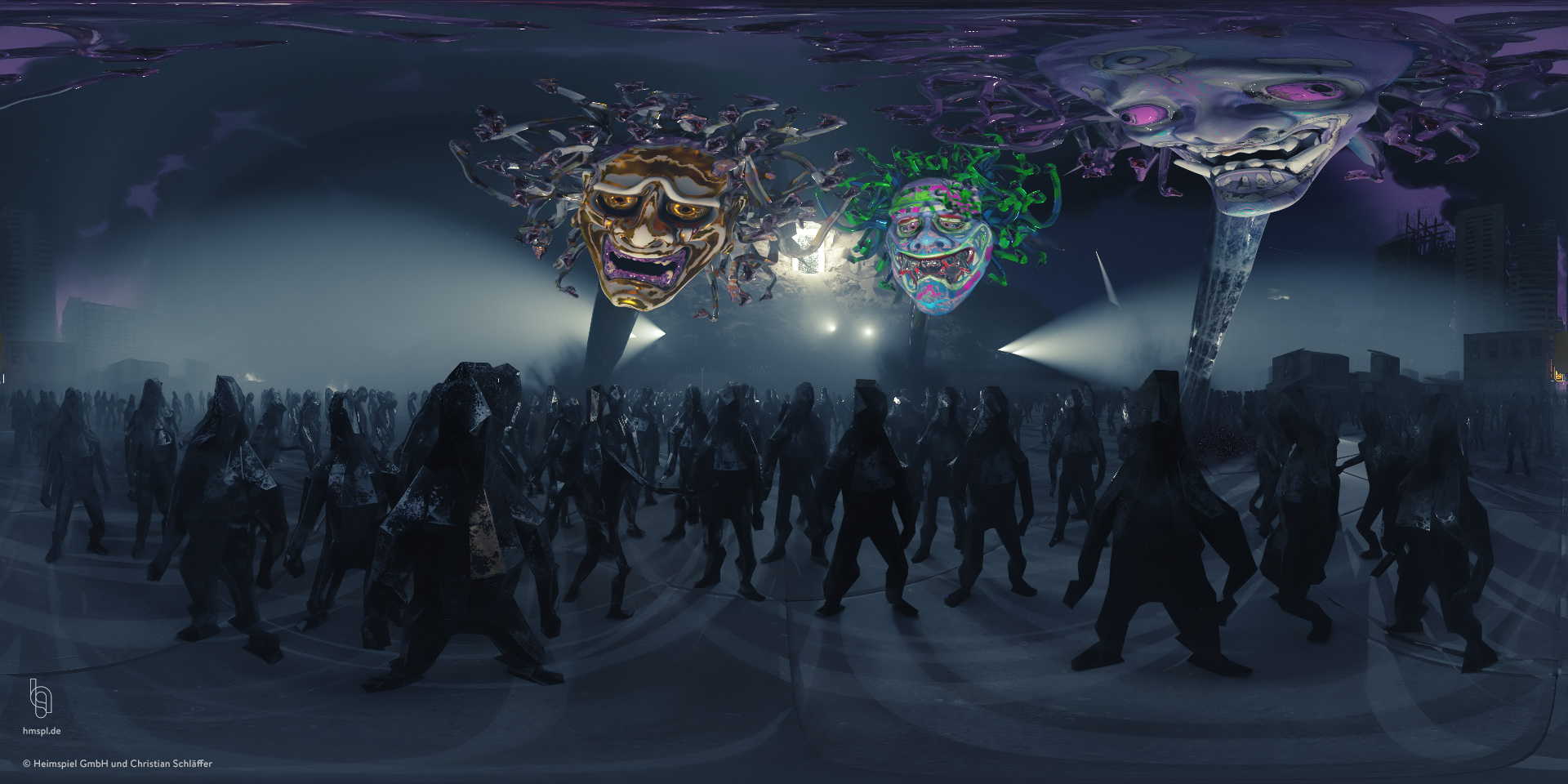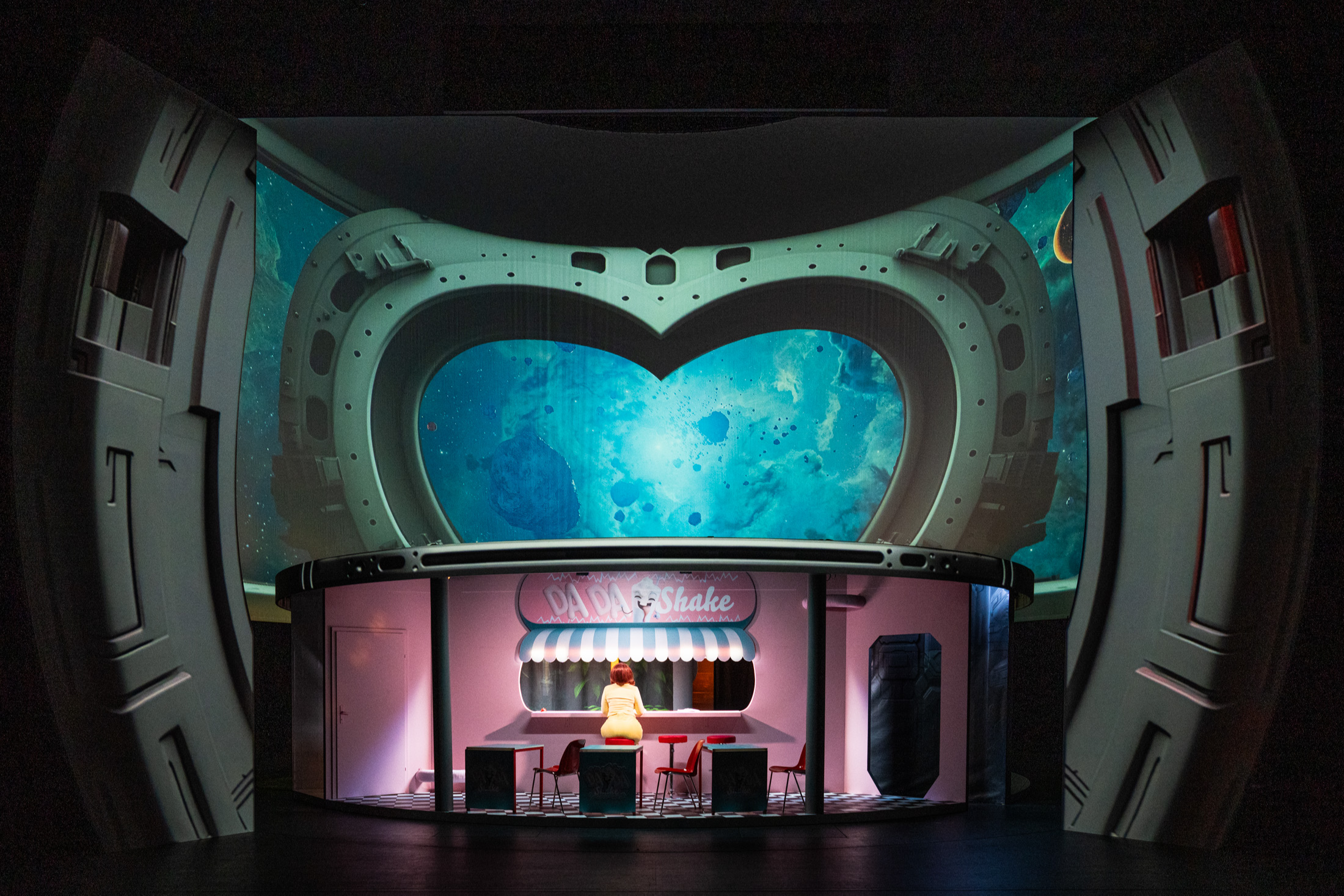XR is a technology that has been gaining popularity in the entertainment industry. While gaming is a major part of XR, this post would explore its other applications in entertainment, such as virtual concerts, immersive theater, and interactive art installations.
Virtual Concerts: A New Stage for Artists and Fans
Imagine attending a concert by your favorite artist from the comfort of your living room, yet feeling as though you’re right there in the front row. XR makes this possible. Virtual concerts in XR are not just about streaming a live performance; they are about creating an immersive, interactive experience. Fans can choose different viewpoints, interact with the environment, and even feel the vibration of the music through haptic feedback technology.

Artists like Travis Scott and Marshmello have already experimented with these concepts, drawing millions of virtual attendees. These events aren’t just concerts; they’re hyper-realistic experiences blending music, visual art, and digital interaction.
Meta is also pushing strongly into this direction by hosting live concerts on their Meta Quest Plattform. There will be for example a Lice concert by imagine Dragon at June 15th on this plattform.
Immersive Theater: Blurring the Lines Between Audience and Performer
Theater has always been an immersive experience, but XR takes this immersion to a new level. Unlike traditional theater, where the audience is a passive observer, XR theater can make viewers a part of the performance. Through VR headsets or AR applications, audience members can experience different narratives from multiple perspectives, interact with the performers, or even influence the outcome of the story.
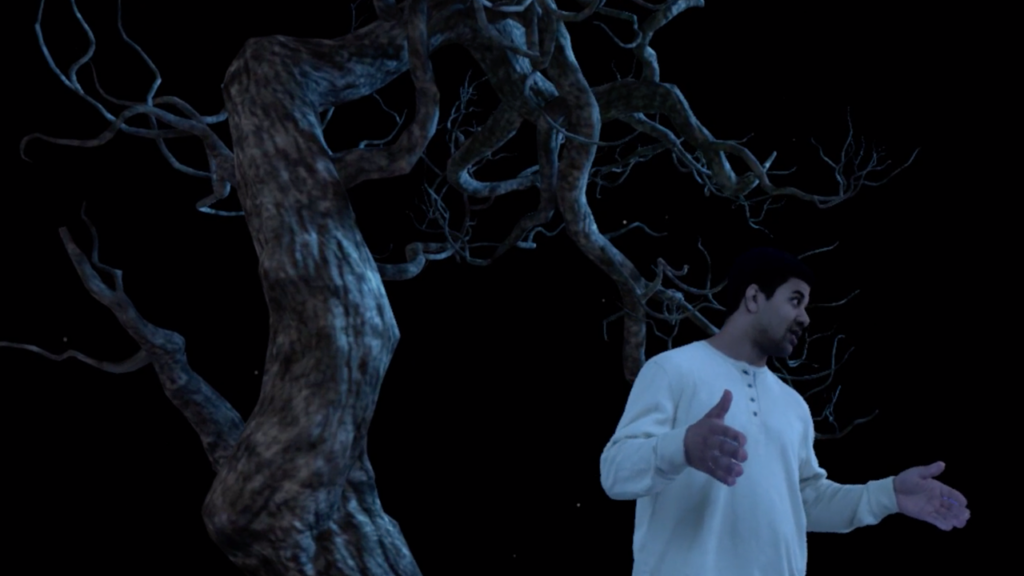
Companies like Punchdrunk and Magic Leap are pioneering in this space, creating experiences where the line between audience and performer is blurred, leading to a more intimate and personal form of storytelling.
Interactive Art Installations: Stepping into the Canvas
Art has always been a medium for expression and experience, but XR adds an interactive dimension to it. Interactive art installations using XR technologies allow viewers to step into the artwork, manipulate elements, and experience the art in a multi-sensory manner. This form of art is not just to be seen but to be experienced and interacted with.
Artists like Refik Anadol and teamLab are at the forefront, creating stunning visual landscapes that respond to and evolve with viewer interactions. These installations are not static; they are dynamic and alive, offering a personalized experience to every viewer.
Conclusion: A New Era of Entertainment
XR in entertainment is more than a technological advancement; it’s a paradigm shift in how we experience art, music, and storytelling. It’s about creating worlds that we can step into, interact with, and be a part of. As we look to the future, the possibilities are boundless. We’re not just witnessing a change in entertainment; we’re participating in the birth of entirely new forms of expression and experience.
This is just the beginning. As XR technologies continue to evolve, we can expect to see even more innovative and immersive experiences that challenge our perceptions of reality and entertainment. The future of entertainment is here, and it’s virtual, augmented, and mixed.




